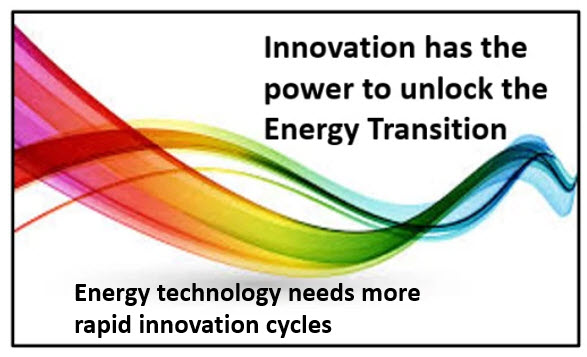Finding opportunities for Innovation and Growth is hard work.
It is the value of having good, interactive, highly participative workshops that breaks much of those initial barriers to allow the hard work to begin more cohesively and collaboratively.
I believe any workshops design must meet your needs, push the thinking, and generate new returns in innovation understanding.
Boilerplate designs might look initially attractive, but knowing your needs, limitations, concerns, and ambitions can transform a workshop into one that lasts in the participant’s minds. They felt it was “clearly” designed for them.
Which end of the innovation spectrum do we need to go to?
- Workshops can mean different things to different people. Find ones that are 100% focused on engaging with and accelerating innovation. They need a couple of simple rules.
- Conducting ‘open’ dialogues or focused conversations should always have a sound context, so the contributions slowly build-out and hold real promise.
- Discoveries can start with different ‘fields of enquiry’ to achieve different connections and deepen our perspectives.
A great book, written by Bill Sharpe, explaining the Three Horizons often comes to mind. I wrote about it here “Three Horizons- fields of future, full of foresight.”
Then I find the Divergent / Convergent approach in thinking as highly valuable.
We need to always challenge ourselves, and taking you through a set of lenses of discovery that go from ‘divergent to convergent‘ is important. Continue reading “Designing unique innovation workshops is hard work”




 Ecosystems and Platforms are our pathways to a new innovation future. Ecosystems have suddenly become of age, as they can be formed around common concepts fairly rapidly, they can enable cross-cutting innovation to be delivered in highly collaborative ways. They can, through shared platforms achieve a closer relationship with the customer, to understand their needs and experience through increased collaboration, and engagement.
Ecosystems and Platforms are our pathways to a new innovation future. Ecosystems have suddenly become of age, as they can be formed around common concepts fairly rapidly, they can enable cross-cutting innovation to be delivered in highly collaborative ways. They can, through shared platforms achieve a closer relationship with the customer, to understand their needs and experience through increased collaboration, and engagement.



